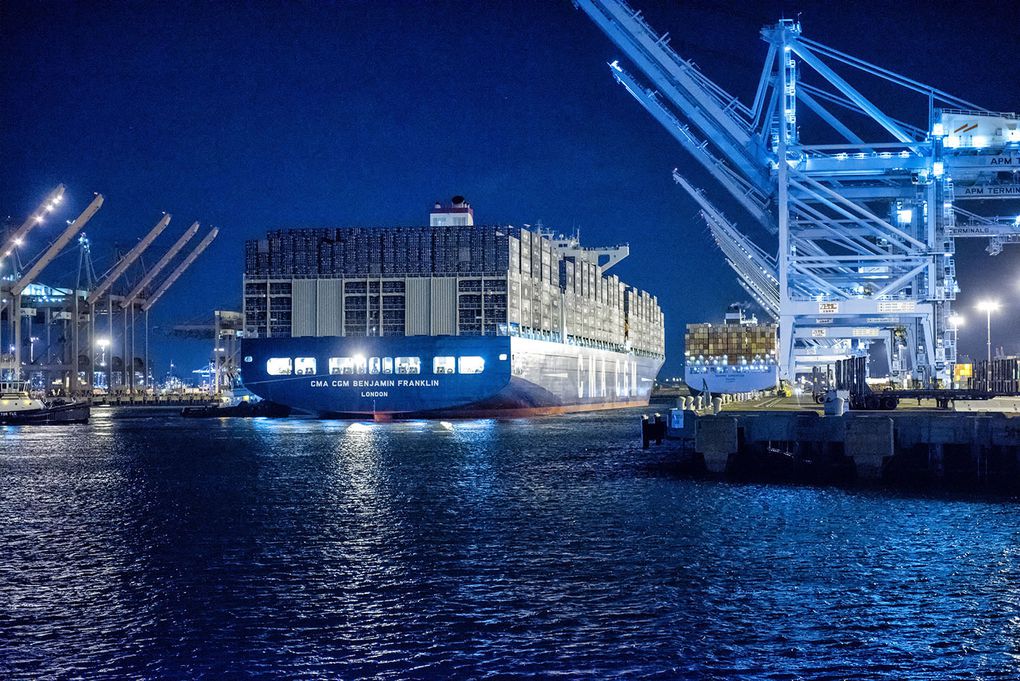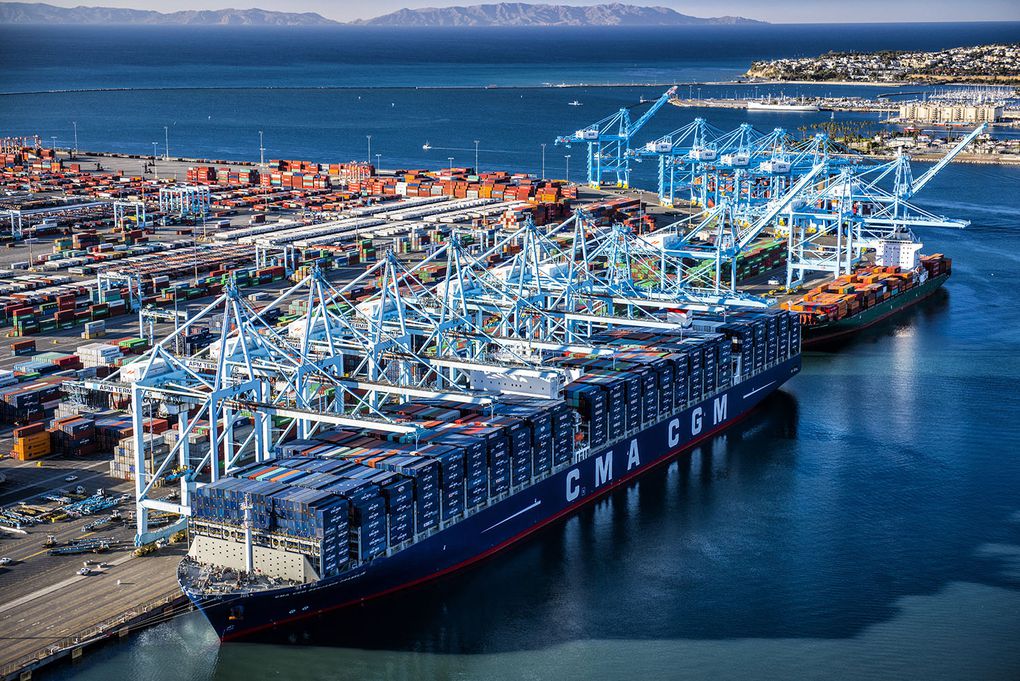What The Supply Chain And Logistics Community Should Expect In 2016
21 hours 40 min ago
by Jim Hoefflin, President and COO of Kewill
The supply chain and logistics community saw a lot of ups and downs in 2015, starting with extreme winter weather that not only tested our patience, but also the strength of our supply chain systems. Oil prices were up and then way down, and the Automated Commercial Environment (ACE) deadline loomed right after Halloween … until it was pushed back four months. Now that the year is coming to a close, it’s time to look forward, build on the successes we’ve seen and capitalize on the opportunities that are ahead. So without further ado, here are some predictions for 2016:
The transport sector will start to feel the full force of the driver shortage: This will force companies to look for better ways of planning and managing their transportation needs, leading to wider adoption of supply chain execution convergence – the concept of bringing together siloed logistics teams within a business to increase visibility and streamline operations. Ultimately, this will continue to fuel demand for transportation management systems [TMS].
There will be an increased focus on retail stock levels: Stock availability and the real-time visibility thereof is the number one pressure point for retailers. In the year ahead, savvy logistics managers will facilitate multi-channel fulfillment to deliver to the customer from within the store, from a remote store, direct from the distribution center or direct from the supplier.
Automation in the supply chain will increase: Expanded data requirements for the United States will cause shippers and importers to supply more data to brokers/filers to help reduce the cost of submitting transactions to Customs and Border Protection and other government agencies. It will be slow going for the early part of the year as importers learn the new data requirements, but once users understand where they can source that data within their ERP or operations systems, they will find automated systems save time, money and resources and enable them to focus on more innovative projects rather than paperwork.
Cloud technology will continue to enable mid-sized forwarders to leverage the same powerful tools as larger market leaders: Mid-size companies will be able to use size to their advantage in 2016 and become more competitive than ever. Their smaller size and flexible approach will make them more agile and able to easily adjust to ever-changing market needs thanks to cloud-based solutions that can be implemented quickly with a low upfront cost, delivering a fast ROI.
More companies will consider buying a TMS for inbound planning to reduce costs, improve customer service and increase visibility: As a result, the future supply chain model will be based on multi-partner information sharing among consumers, suppliers, manufacturers, logistics service providers and retailers. Open information sharing — coupled with modern TMS solutions — will be an important foundation to help companies anticipate dynamic consumer demands in 2016.
The New Year will bring continued growth of carrier “frenemies”: Over the last few years, carriers have looked for new ways to cut costs. Many new services have been introduced where one carrier starts a delivery only to hand the box off to another carrier for final mile delivery. This trend will not slow down in 2016; it will continue to grow globally. As a result, shippers with systems that allow for access to a broader carrier base will continue to have a distinct advantage over those that don’t.
Jim Hoefflin
President and COO of Kewill
Both large and small organizations will benefit from supply chain convergence in the year ahead, aided by tools and systems such as TMS, cloud technology and automation in the supply chain. Multi-channel fulfillment, carrier consolidation and customs filing obstacles will push companies to consider multimodal transportation software to gain greater visibility into their supply chains and mitigate any issues resulting from these trends. The result will be a more productive 2016 for companies willing to invest resources in streamlining their logistics operations.



